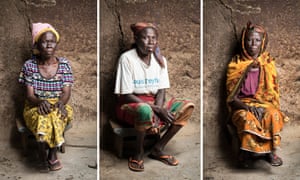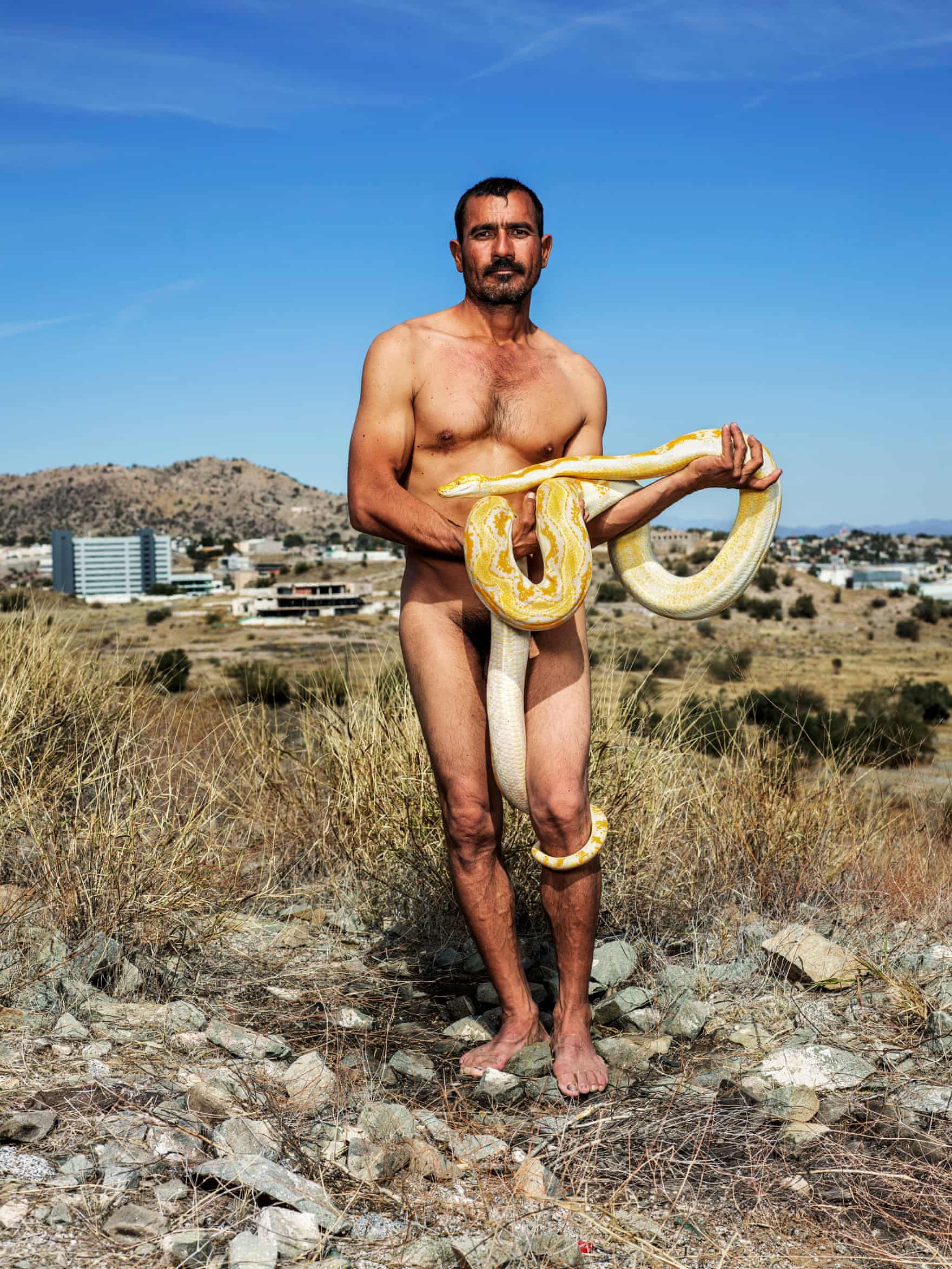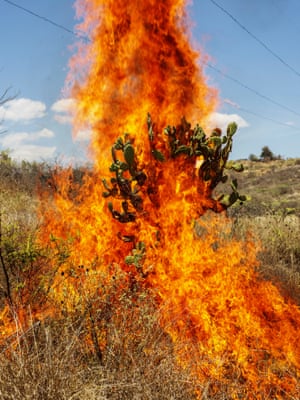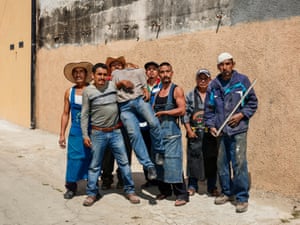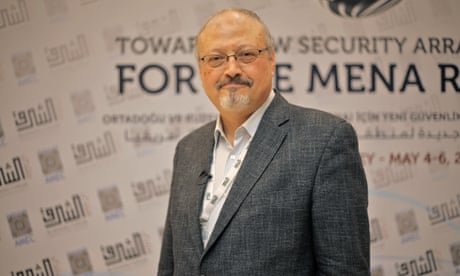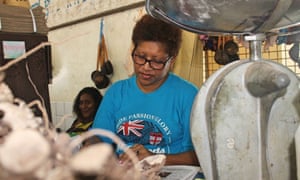Thailand scraps China-led project to blast open Mekong River
ENVIRONMENT FEBRUARY 5, 2020

FILE PHOTO: A fisherman is seen on the Mekong river bank outside Nong Khai, Thailand January 10, 2020. REUTERS/Soe Zeya Tun/
BANGKOK (Reuters) - Thailand has scrapped a Chinese-led project to blast rapids on the Mekong River that had been opposed by local people and environmental groups, a government spokeswoman said on Wednesday.
China initiated a plan to dredge the Mekong River in 2001 to make room for large ships to carry goods from its landlocked southern province of Yunnan to ports in Thailand, Laos, and the rest of Southeast Asia.
The plan had been opposed by conservationists and communities in Thailand living along the Mekong River. They feared it would harm the environment and benefit only China.
The Thai cabinet agreed to scrap the dredging plan during a weekly meeting on Tuesday.
“The communities affected and non-profit groups were against the plan, fearing it would affect the way of life, and China also had no funding for it ... So we ended the project,” said Trisulee Trisaranakul, a deputy government spokeswoman.
“It didn’t take off yet. We were only doing environmental and social impact assessments,” she told Reuters.
The Chinese embassy in Bangkok was not immediately available for comment.
A Thai cabinet document said that China had in any case informed countries on the Mekong River last year that it was not planning to pursue the project, but work had continued on stretches of the river in Laos and Myanmar.
The Mekong flows from China, where it is known as the Lancang river, through five southeast Asian countries.

